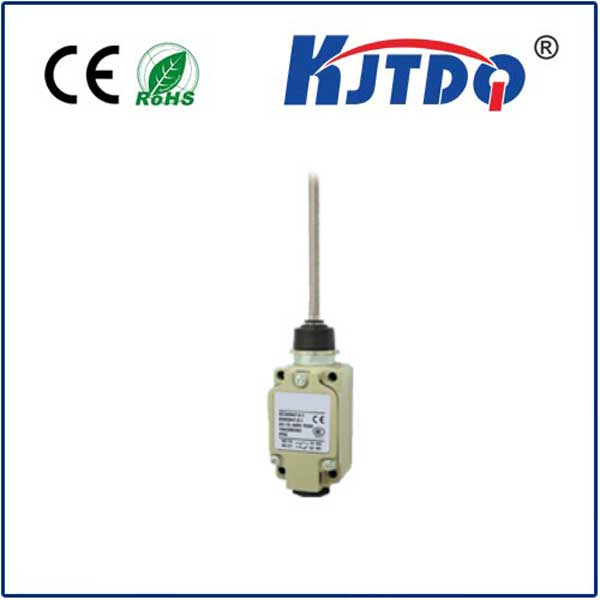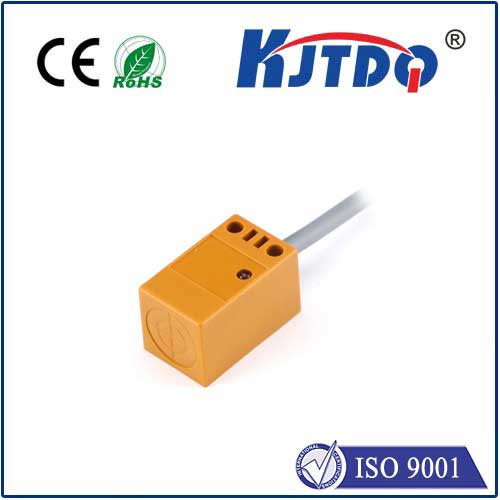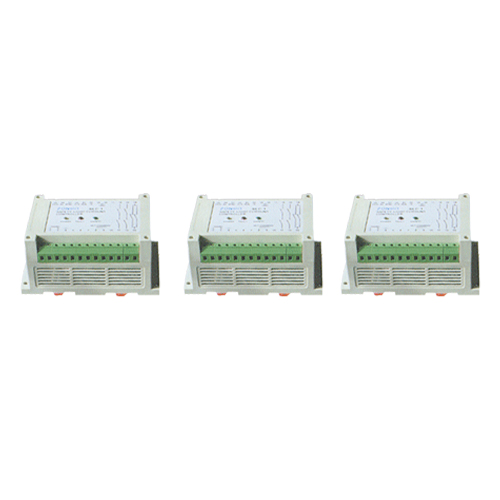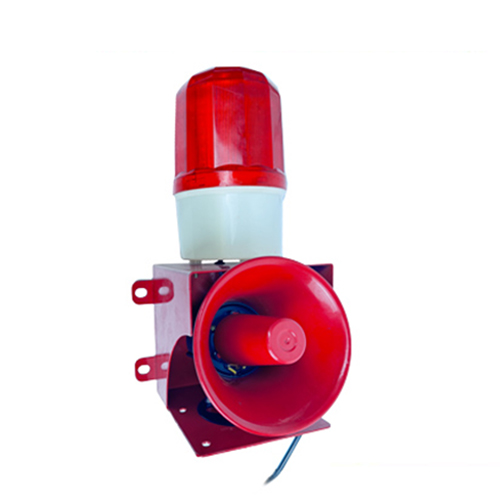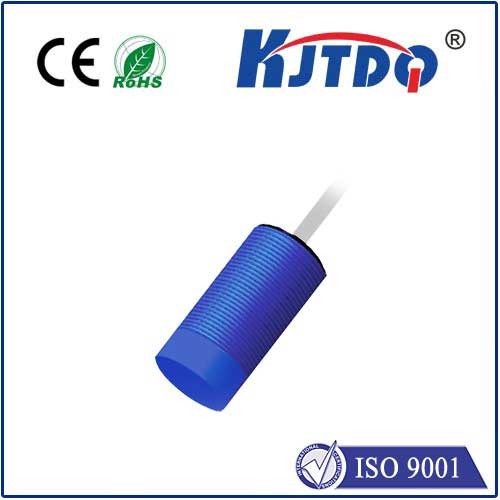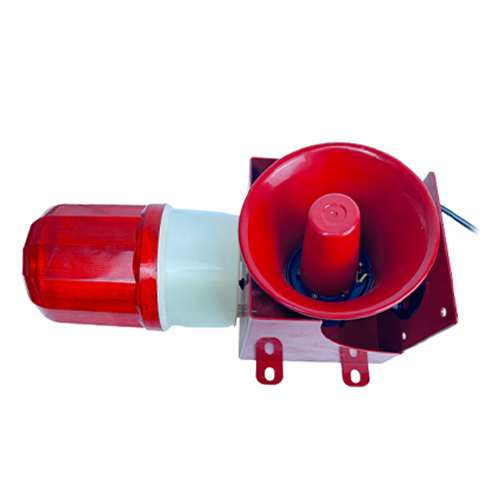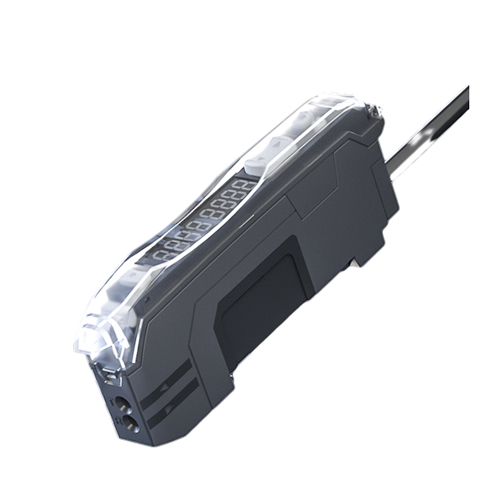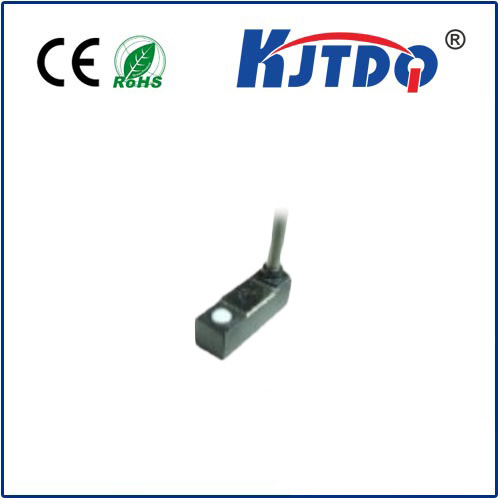belt speed sensor
- time:2024-10-20 02:34:59
- Click:0

Title: Unveiling the Mysteries of Belt Speed Sensors
Section 1: Introduction to Belt Speed Sensors
A belt speed sensor is an essential component in various industrial and automotive applications. It is a device that monitors the speed of a moving belt, conveyor, or drive system. This information is critical for optimizing performance, ensuring safety, and preventing mechanical failures. In this article, we will delve into the workings, applications, benefits, and advancements of belt speed sensors.
Section 2: How Does a Belt Speed Sensor Work?
Belt speed sensors operate based on the principle of detecting the linear velocity of a belt using electronic or magnetic methods. These sensors consist of two main parts: a transmitter and a receiver. The transmitter emits a signal, such as a laser beam or magnetic field, onto the moving belt, while the receiver captures the reflected signal after it bounces back from the belt’s surface. By analyzing the time delay between the transmission and reception of the signal, the belt speed sensor can accurately measure the belt’s speed.
Section 3: Applications of Belt Speed Sensors
Belt speed sensors find their use in a wide range of industries, including manufacturing, mining, agriculture, and transportation. Some common applications include:
- Conveyor systems: Belt speed sensors help regulate the speed of conveyor belts, ensuring efficient material handling and preventing jams or blockages.
- Automotive industry: These sensors are used in vehicle anti-lock braking systems (ABS) to monitor wheel speed and prevent wheel lock-up during braking.
- Power generation: In power plants, belt speed sensors monitor the rotational speed of generators and turbines, ensuring optimal performance and energy efficiency.
- Agricultural equipment: These sensors are employed in agricultural machinery like combine harvesters to optimize crop throughput and minimize losses.
Section 4: Benefits of Belt Speed Sensors
The implementation of belt speed sensors brings numerous advantages to industrial and automotive operations:
- Improved efficiency: By monitoring and controlling belt speed, these sensors help maintain optimal production rates and reduce downtime due to mechanical issues.
- Enhanced safety: Belt speed sensors can detect abnormal speed variations, allowing for timely interventions to prevent accidents and protect personnel.
- Predictive maintenance: These sensors provide valuable data for predicting equipment failures before they occur, enabling proactive maintenance and extending the lifespan of machinery.
- Energy savings: Optimizing belt speed through precise monitoring can lead to significant energy conservation, reducing operational costs and environmental impact.
Section 5: Advancements in Belt Speed Sensor Technology
With continuous innovation in sensor technology, belt speed sensors have evolved to become more accurate, reliable, and versatile. Some notable advancements include:
- Wireless sensing: Modern belt speed sensors now offer wireless communication capabilities, enabling easier integration into complex systems and reducing wiring requirements.
- Self-calibrating features: These sensors can automatically adjust their settings based on environmental conditions and changes in belt properties, ensuring consistent performance.
- Multi-axis sensing: Advanced belt speed sensors can measure speed along multiple axes simultaneously, providing comprehensive data for 3D motion analysis.
- Internet of Things (IoT) integration: Belt speed sensors can be connected to IoT platforms, allowing for remote monitoring, real-time数据分析, and automated control through cloud-based systems.
In conclusion, belt speed sensors play a crucial role in enhancing the efficiency, safety, and reliability of industrial and automotive operations. As technology continues to advance, these sensors are expected to become even more sophisticated, paving the way for smarter and more sustainable solutions in various应用领域.












